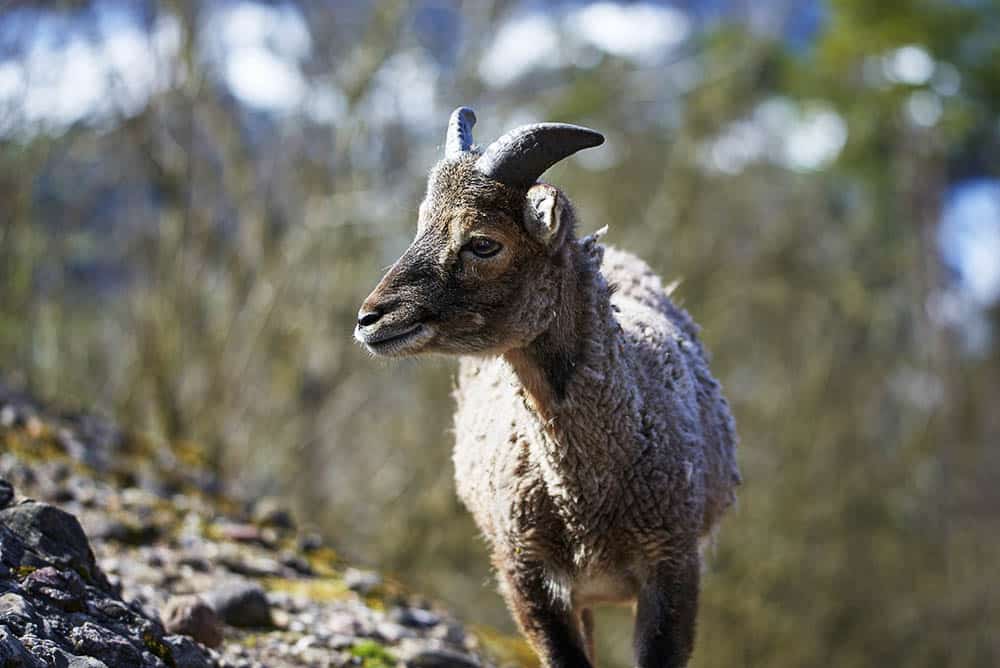The Importance of Protected Areas
The environment is rapidly changing and protecting it has become one of the top priorities for global leaders. As the world population increases, the demand for resources also increases. The impact of human activities on the environment has caused significant damage to biodiversity and natural habitats. One of the ways to mitigate the impact of human activities on the environment is by protecting more areas of land and water. Protected Areas serve as a crucial tool for preserving biodiversity and enhancing ecosystem services.
What are Protected Areas?
According to the International Union for Conservation of Nature (IUCN), Protected Areas are defined as “a geographically defined area which is designated or regulated and managed to achieve specific conservation objectives.” Protected areas come in different forms, from national parks, game reserves, wilderness areas, marine parks, and reserves, among others.
Protected Areas are not only critical for safeguarding endangered species but also for providing essential ecosystem services that benefit humans. Protected areas act as carbon sinks that help in mitigating climate change effects, and they also play a critical role in regulating water flows and reducing the impact of natural disasters such as floods and landslides.
The Need for More Protected Areas
Despite the crucial role played by Protected Areas, they are under threat from several factors such as deforestation, human encroachment, and climate change. According to the World Database on Protected Areas, less than 15% of terrestrial areas and less than 10% of marine areas are currently protected globally. This is an alarming figure considering the increasing human pressure on natural resources and ecosystems.
There is, therefore, an urgent need for more Protected Areas to be established, and for existing ones to be sufficiently protected and managed. Governments must take the lead in creating and ensuring sufficient funding for Protected Areas, but they cannot do it alone; there is also a need for collaboration between countries and stakeholders to establish a network of interconnected Protected Areas.
The Benefits of Protected Areas
Protected Areas play a critical role in preserving biodiversity, and as such, they provide several benefits, including:
Preservation of Endangered Species
Protected Areas serve as a safe haven for wildlife, especially threatened and endangered species. These areas provide essential breeding habitats, feeding grounds, and migration routes that are crucial for the survival of these species.
Climate Change Mitigation
Protected Areas help in mitigating climate change by storing and sequestering carbon. Trees stores carbon through photosynthesis, and as such, forested Protected Areas serve as a carbon sink. Protected Areas also help in reducing emissions through the protection of natural resources such as water resources and forests.
Regulation of Water Cycle
Protected Areas play a critical role in regulating water flows and reducing the impact of droughts and floods. Vegetated Protected Areas, such as wetlands, contribute to groundwater recharge and help to maintain water quality. The protection of water sources is also essential for human consumption and irrigation of farmland.
Recreation and Tourism
Protected Areas provide opportunities for recreation and tourism. These activities provide economic benefits through the creation of jobs and foreign exchange earnings. Tourism also helps in educating people about the importance of protecting natural resources.
Risks to Protected Areas
Protected Areas face several threats, including:
Habitat Loss and Degradation
Habitat loss and degradation are the primary threats to Protected Areas. Human activities such as agriculture, logging, mining, and urbanization have led to the destruction of natural habitats leading to biodiversity loss.
Climate Change
Climate change is an increasing threat to Protected Areas. Climate change leads to changes in temperature and rainfall patterns, which can alter ecosystem functioning and lead to the extinction of species.
Invasive Species
Invasive plant and animal species pose a significant threat to Protected Areas. These species can outcompete native species and alter ecosystems, leading to a loss of biodiversity.
Illegal Wildlife Trade
Illegal wildlife trade is a lucrative business and a significant threat to Protected Areas. Poachers hunt wildlife, such as elephants and rhinos, for their ivory and horns, leading to a decline in the populations of these species.
How to Protect Protected Areas
Protecting Protected Areas requires a concerted effort from governments, NGOs, local communities, and the private sector. The following are measures that can be put in place to protect these areas:
Policy and Legislation
Governments must establish policies and legal frameworks that support the establishment and management of Protected Areas. The laws should encourage participation from local communities and provide provisions for the enforcement of regulations.
Sustainable Use of Natural Resources
Governments should promote the sustainable use of natural resources within and around Protected Areas. This can be done through the adoption of sustainable practices such as agroforestry and ecotourism. Such practices not only protect the ecosystem but also provide economic benefits to local communities.
Collaboration and Partnership
Creating and protecting Protected Areas requires a multi-stakeholder approach. Governments, NGOs, and local communities should collaborate to establish, manage, and monitor these areas.
Public Awareness and Education
Public awareness helps in educating communities and stakeholders about the benefits of Protected Areas. Education helps in changing attitudes and behaviors, leading to increased support for protecting these areas.
The Way Forward
Protected Areas play a critical role in preserving biodiversity and reducing the impact of human activities on ecosystems. As such, the establishment and protection of more Protected Areas are critical in safeguarding the environment and enhancing ecosystem services.
Governments, NGOs, and local communities must collaborate to ensure the establishment of more Protected Areas and the protection of existing ones. The private sector should also play a role in supporting the creation of these areas. It’s time for all of us to recognize the urgent need to protect our environment by creating and protecting these valuable living spaces.
Summary
Protected Areas play a critical role in preserving biodiversity and enhancing ecosystem services. With more than 10% of marine areas and 15% of terrestrial areas protected, there is an urgent need for more Protected Areas to be established. Governments must lead in creating and financing Protected Areas, and the public must be educated and encouraged to support the creation of more Protected Areas. By doing this, we can guarantee the future of our environment and enhance ecosystem services.
- Protecting Our Planet: Why Investing in Protected Areas is the Key to Conservation and Sustainable Development - 28 de mayo de 2023
- 11 Reasons Why Natural Parks are Essential for Your Overall Health and Well-being - 28 de mayo de 2023
- Why You Need to Start Building Your Reserves Today: A Guide to Financial Security - 28 de mayo de 2023



